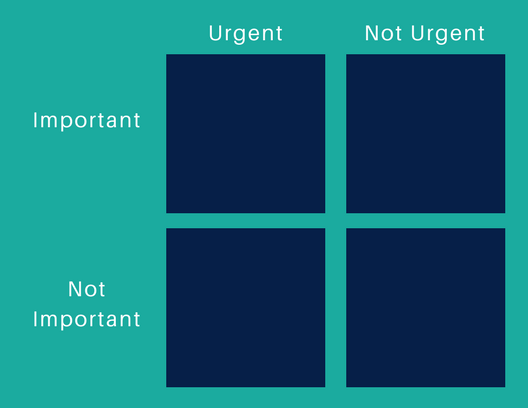It’s not always easy to get your foot in the door of a new career, even if you just graduated with a degree in that same field. And as much as it might be fun to snag part-timeme job at the new foyo place that opened up in town, there might be something out there that’s better for your resume down the road. But, again, we run into the same problem. Unless… you decide to make some experience for yourself by taking on some clientele and doing a little work on the side. So crazy it just might work.
Starting a side gig, or side “hustle” as they call it is great because it gives you the flexibility to work on your own schedule and fit in extra projects when you can. It can also help gain you the experience you need for your dream job down the road. But it can be a big decision to get started and you’re going to want to make sure it’s something you can handle, especially if you’re taking classes or already working.
Also on Mediabistro


That being the case, we put together some tips for managing a side gig while in college or working. Put these to use and we know you’ll make a kick-butt freelancer.
Make time to make time
First thing’s first, you’re going to need to get organized. Taking classes or working a full time job can be hectic in and of itself. Throw in a side hustle? Your schedule is bound to fill up pretty fast. You know your schedule best. Before you even begin to take on clients (or do whatever you plan on doing for your side hustle) you’re going to need to figure out just how much you’re able to take on. If you look at your schedule and see that you can only dedicate about 15 hours to your side gig, then you might only have time to work with one or two clients during the week (obviously depending on what you do and the size of each project). It’s important to take a little time out of each week to schedule when you’ll work on each project, that way you can cut down on your prep time and time wasted when deciding what to do next.
If you’re worried about fiding enough time to manage both a side hustle and your other obligations, all you need to think about is how much time you’re really able to dedicate to it. Besides that, having work on the side can actually be a great way to up your productivity and creativity (says Google).
Prioritize like a boss
Next, you’re going to have to prioritize your time. Of course, taking classes or working a full time job, you’re going to have other assignments that you’ll need to complete along with your freelance projects. You’ll need to get really good at prioritizing each project and assignment to know when each one should be done. Might we suggest using the Eisenhower Decision Matrix? The Eisenhower Decision Matrix has four quadrants that look something like this:

No, this matrix wasn’t actually invented by President Eisenhower, but rather the author Stephen Covey who wrote The 7 Habits of Highly Effective People. He was inspired by Eisenhower’s quote, “What is important is seldom urgent, and what is urgent is seldom important.”
When you have several projects and assignments to get done along with your regular to-do list like maybe laundry or calling your mom and you’re trying to narrow down which to prioritize, try categorizing your to-do list into the matrix above. Of course, you’re going to want to prioritize the things that fall into the top left quadrant as they’re both important and urgent where whatever falls into the bottom right quadrant might be ok if saved until the weekend (there’s always dry shampoo and deodorant, right?).
Charge clients appropriately
Sure, you’re going to have to make sure you manage your time really well when you’re wearing multiple hats, but the real key is making sure it’s all worth it. Freelancers have a tendency to undersell themselves when first getting started. Sure, you might need to take on a discounted or even free client at first, but as your skills and experience improve, make sure your rates reflect that. You might be able to get some clients through websites like Fiverr or Upwork but once you have a couple under your belt, it might be time to move on to some higher paying clientele (that is, of course, assuming if you can provide a high-quality result for them. Not sure how to find new, great clients that you’d love to work with? We just happen to have a post on that right here:
How to Use a Side Hustle to Get the Experience You Need for Your Dream Job.
One of the biggest struggles of becoming a freelancer will probably be knowing what to charge your clients. This infographic helps break down the process of figuring out what you’d like to make in a year vs expenses, billable hours, and how to use that to calculate an hourly rate!
Use all the tools
You know what’s awesome? The fact that we have so many tools that can do a TON of the “urgent but unimportant” quadrant things. Need a day planner on steroids? Try Asana. Need Microsoft office basically for free? Use G Suite (Google’s version). Our favorite part? Everything can sync with your phone. If you need to make graphics but don’t have much in the way of design skills, Canva is a great tool that makes it easy to design professional-looking graphics from social media posts, e-book covers, postcards, and even logos. If an app that helps clients book appointments without all the email back and forth sounds like the greatest thing since Amazon Prime, then Acuity Scheduling might be the app for you. All you need to do is mark when you’re free for clients to book an appointment with you and let the new clients come running!
Have you managed freelance work on the side of being a student or other employment? Share your tips below! Got a question for us? Shoot us an email or leave your question in the comments below and we’ll get back to you with our best answer!




.png)




